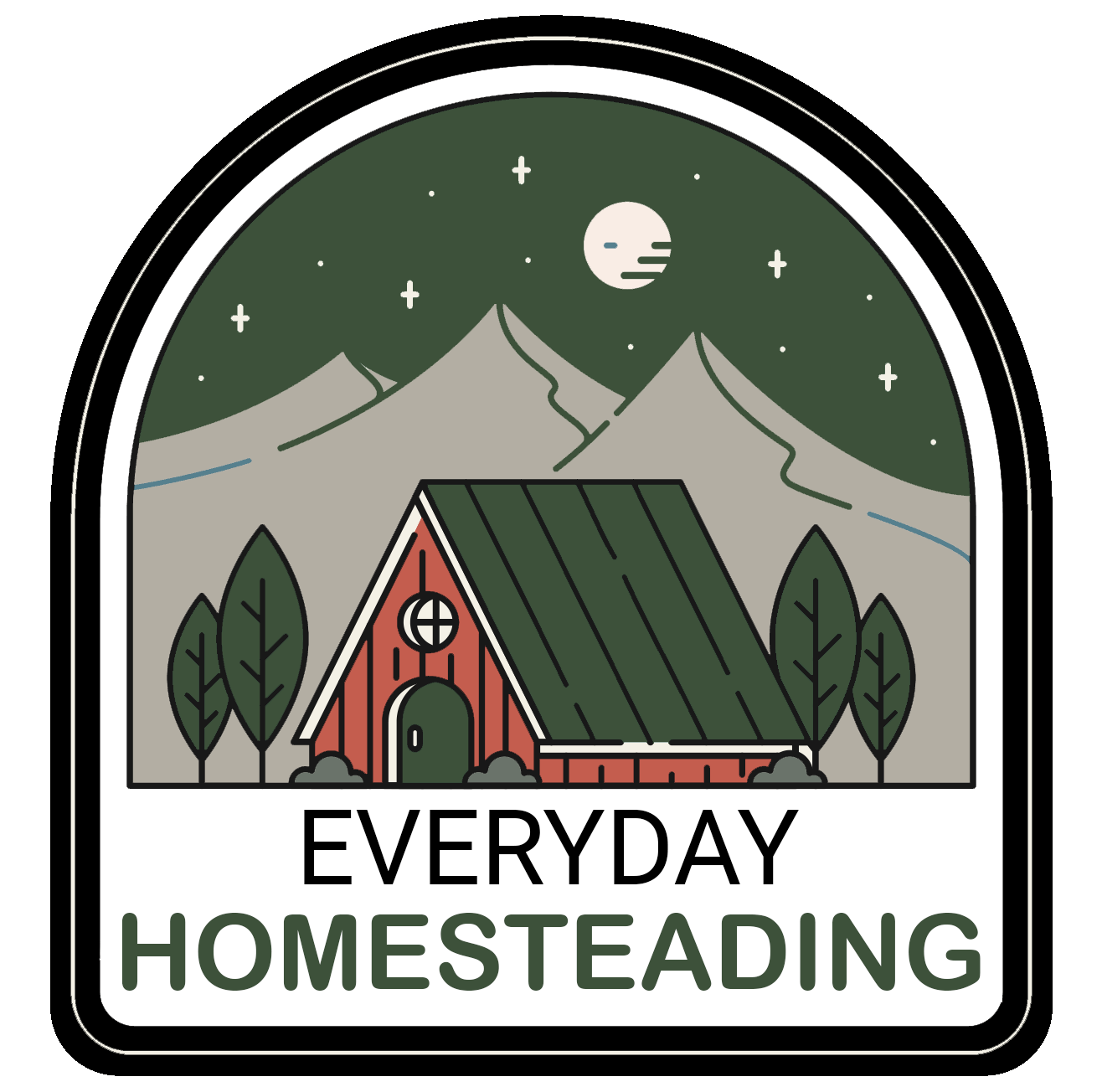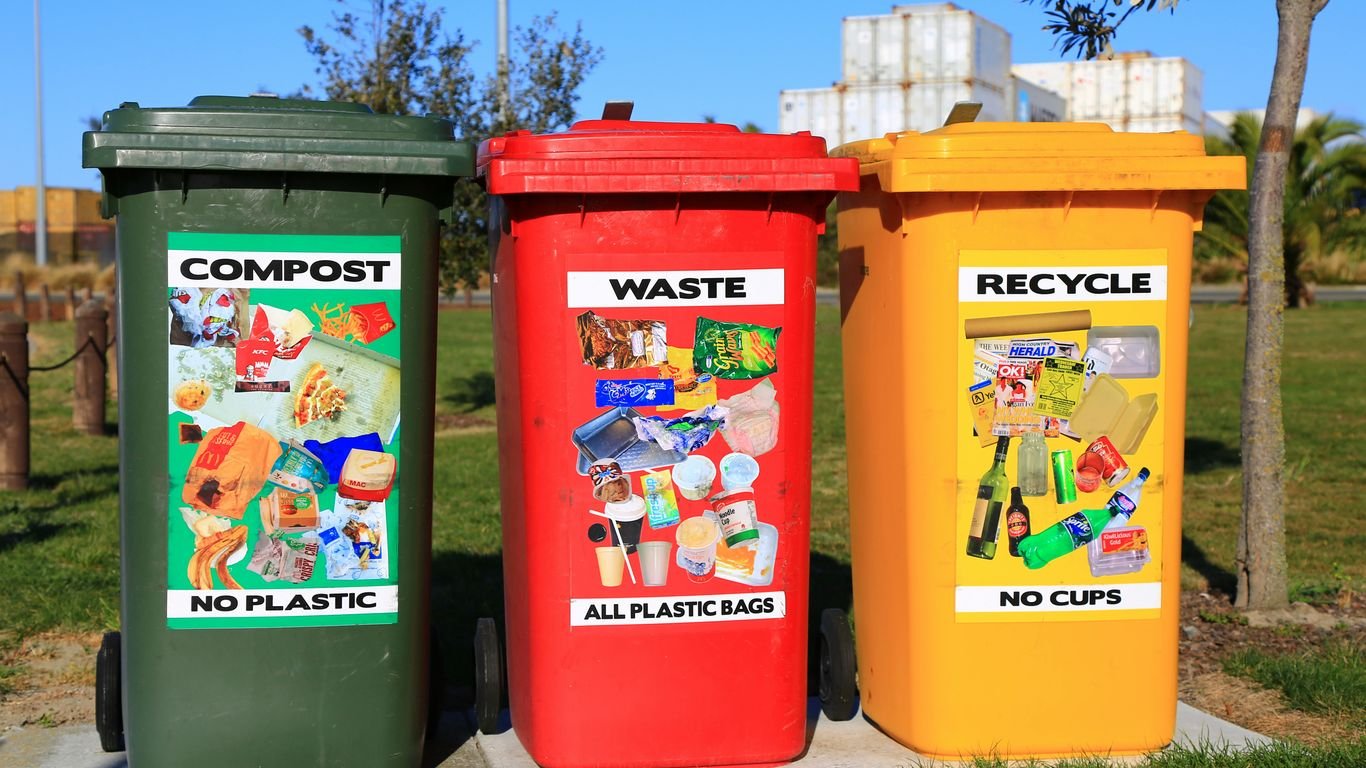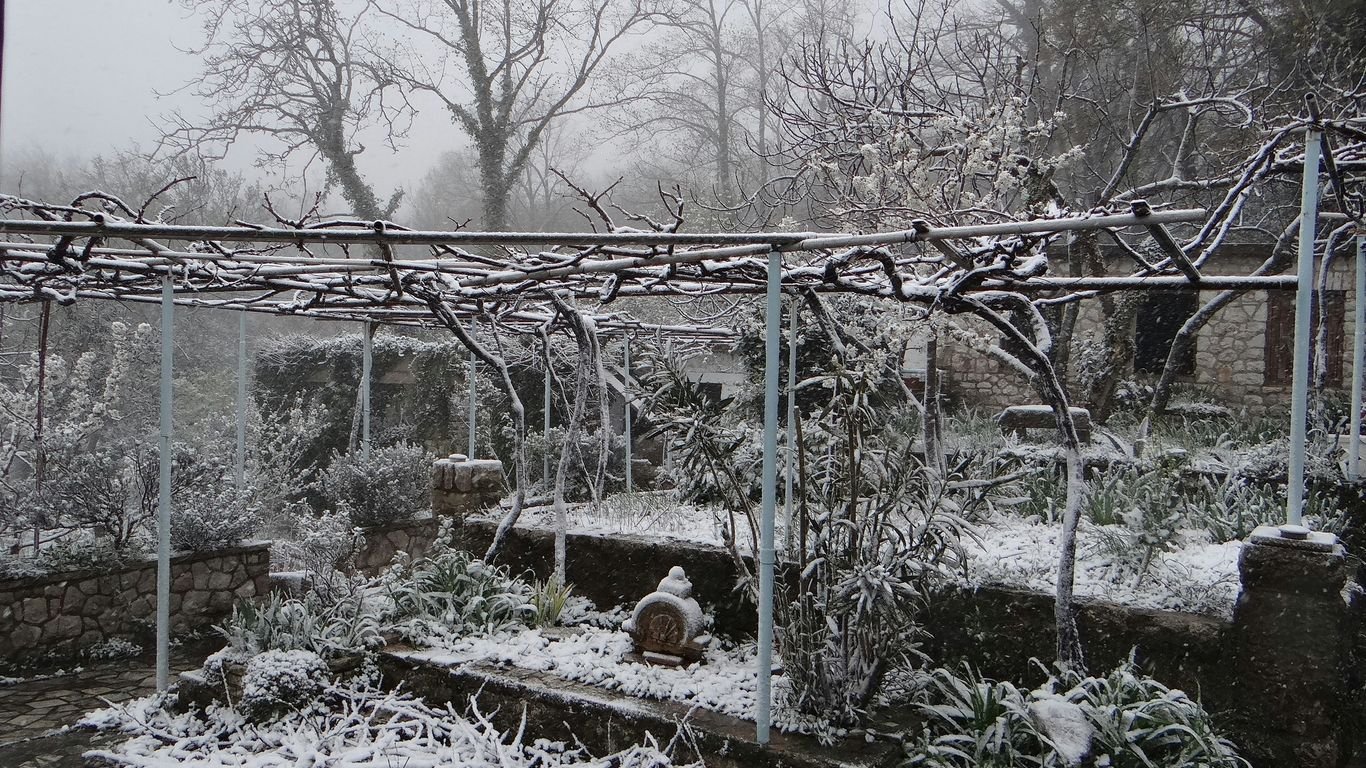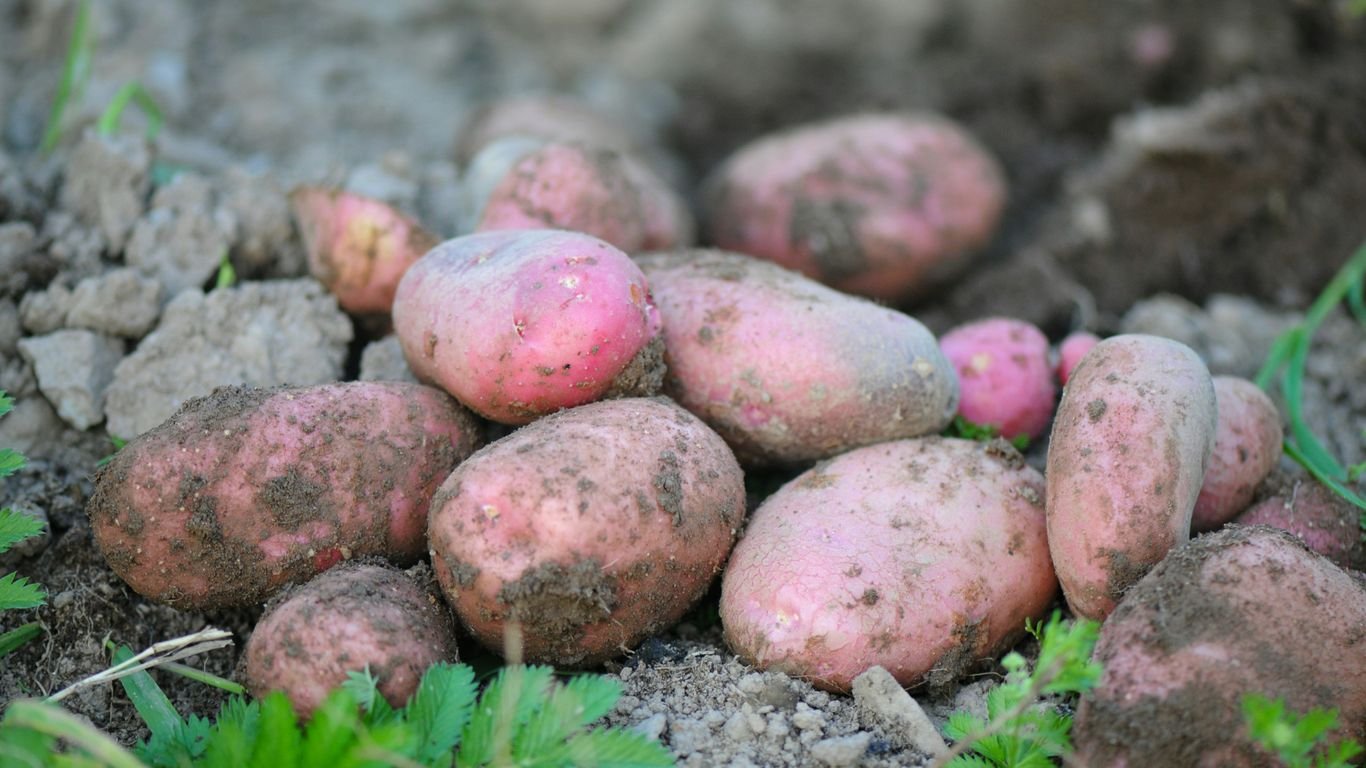Companion Planting for Cucumbers: Friends, Foes, and Proven Pairings
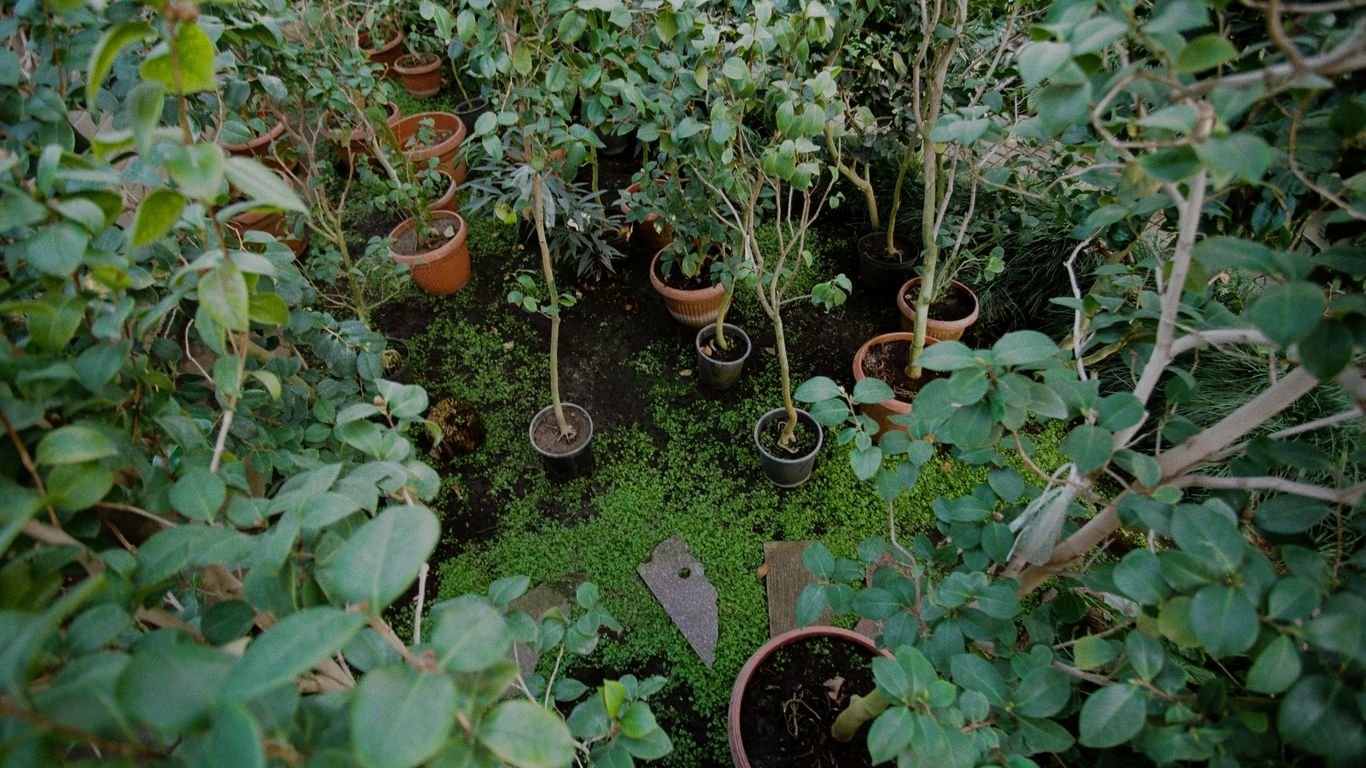
We all want a great harvest from our gardens, right? Sometimes, it feels like a bit of a mystery how to get the best results. We’ve been looking into companion planting for cucumbers, and it turns out that who you plant next to your cukes can make a big difference. It’s not just about making pretty rows; it’s about helping your plants thrive by choosing the right neighbors. We’ll explore which plants are good pals and which ones to keep far away.
Key Takeaways
- Companion planting is an old practice where certain plants are grown together to benefit each other, like helping with pests or improving soil.
- Some plants, like nasturtiums and marigolds, are great cucumber companion plants because they attract good bugs or repel pests.
- Not all plants get along; some, like sage, can actually stunt cucumber growth, so it’s important to know your plant relationships.
- Beans are beneficial because they add nitrogen to the soil, which cucumbers need to grow well.
- Thinking about how plants grow, like needing support or shade, helps us pick the best pairings for a healthier garden and better yields.
Why Companion Planting Matters For Cucumbers
So, we’re all trying to get the best harvest from our gardens, right? And when it comes to cucumbers, we often focus on watering, sunlight, and maybe a bit of fertilizer. But what if I told you that who your cucumbers hang out with in the garden bed makes a big difference? That’s where companion planting comes in. It’s an old trick, but it really works.
The Basic Idea Behind Plant Pals
Basically, companion planting is just about putting the right plants next to each other. Think of it like having a good roommate. Some plants just naturally help each other out. They might keep pests away, attract helpful bugs, or even improve the soil. It’s all about creating a little ecosystem where everyone benefits. For cucumbers, this means healthier plants and, hopefully, more cucumbers for us to enjoy.
More Than Just Neighbors: The Benefits
Why bother with all this? Well, the benefits go beyond just looking pretty. Companion plants can act as natural pest control, meaning fewer creepy crawlies munching on our precious cukes. They can also bring in pollinators, which are super important for getting those cucumbers to form. Plus, some plants can even help improve the soil your cucumbers are growing in, giving them a better foundation for growth. It’s a win-win-win situation for our garden.
Science Backs Up The Old Ways
Now, you might think this is just old wives’ tales, but a lot of these pairings have actually been studied. While not every traditional pairing holds up under scientific scrutiny, many have been proven to work. We’re talking about real, observable benefits that help our plants thrive. It’s pretty cool to see how nature has figured this out over centuries, and now we’re catching on. For example, we know that certain plants can help deter pests that love to attack cucumbers, like aphids.
Here’s a quick look at some general benefits:
- Pest Deterrence: Some plants emit scents that confuse or repel common cucumber pests.
- Attracting Beneficials: Flowers and herbs can draw in insects that prey on pests or help with pollination.
- Soil Improvement: Certain plants can add nutrients to the soil or improve its structure.
- Physical Support: Taller plants can act as natural trellises for vining cucumbers.
It’s not just about avoiding bad neighbors; it’s about actively inviting good ones to the party. This creates a more resilient and productive garden space for everyone involved.
Your Cucumber’s Best Buds: Plants That Help
When we’re growing cucumbers, we want them to have the best neighbors possible. Think of it like picking roommates – you want folks who are going to contribute positively to the household, not cause drama or eat all your food. Luckily, there are some fantastic plants that can really make our cucumber vines thrive.
Flowers That Bring In The Good Bugs
Our cucumber flowers need pollinators to do their job, and that means attracting bees, flies, and other helpful critters. Some flowers are like a five-star resort for these beneficial insects. Borage, with its pretty blue flowers that taste a bit like cucumber themselves, is a huge draw for honeybees and native bees. It’s also said to add trace minerals to the soil, which is a nice bonus.
Then there’s sweet alyssum. This low-growing plant is a magnet for tiny insects like syrphid flies and ladybugs, which are natural predators for aphids. Plus, those syrphid flies can help pollinate our cucumbers too. Planting it as a ground cover under the cucumber trellis can give it a bit of shade and keep it happy.
- Borage: Attracts pollinators and beneficial predators, adds minerals to soil.
- Sweet Alyssum: Draws in aphid predators and pollinators, good as a ground cover.
- Nasturtiums: Known to deter aphids and attract pollinators, plus they’re edible!
Herbs That Keep Pests Away
Certain herbs are like the bouncers of the garden, keeping unwanted guests away from our precious cucumbers. While some aromatic herbs can be a bit too aggressive and stunt cucumber growth, others are just right. Dill, for instance, is a classic pairing. It not only goes well with potatoes in a salad but also in the garden, attracting beneficial insects that prey on pests like aphids and spider mites. We also find that planting dill nearby can help deter cucumber beetles, which can be a real nuisance.
Some herbs can be a bit bossy in the garden, and while we want pest control, we don’t want our cucumbers to feel crowded out or have their growth stunted. It’s all about finding that balance.
Beans: The Nitrogen Fixers
Beans are like the silent partners in our garden ecosystem. They have this amazing ability to take nitrogen from the air and convert it into a form that plants can use. This process, called nitrogen fixation, is super important because even though nitrogen is abundant in the air, it’s often lacking in the soil. Cucumbers, like most plants, need nitrogen to grow big and strong. By having beans nearby, we’re essentially giving our cucumber plants a natural, slow-release fertilizer, boosting their growth and yield without us having to do much at all. It’s a win-win situation for everyone involved.
Friends Or Foes? Understanding Plant Relationships

Plants That Tolerate Each Other
When we think about planting our cucumbers, it’s easy to get excited about all the potential buddies they could have. But just like in any social circle, not every plant is going to be best friends with every other plant. Some plants are perfectly happy coexisting, not really helping or hindering each other much. They just sort of do their own thing side-by-side. Think of them as acquaintances. They might share the same patch of soil and sunlight, but their needs and growth habits are different enough that they don’t really step on each other’s toes. This kind of neutral relationship is still beneficial because it helps fill out the garden space, making it harder for weeds to find a foothold. Plus, a diverse garden is generally a healthier garden. We’ve found that plants like radishes, for example, can be pretty chill neighbors for cucumbers. They grow quickly, and you can harvest them before they really start to compete for resources.
Plants That Don’t Play Well Together
Now, this is where things get a bit more serious. Some plants are outright rivals. They compete fiercely for the same nutrients, water, and sunlight, and one usually ends up suffering. It’s like putting two very dominant personalities in the same small room – it’s just not going to work. For cucumbers, we need to be mindful of plants that have very similar needs or that can attract the same pests. For instance, planting too many vining plants too close together can lead to a tangled mess and increased competition. We also want to avoid planting cucumbers near strong-smelling herbs that might actually repel the pollinators we want, or plants that are known to harbor diseases that could spread. It’s always a good idea to do a quick check before you plant; a little research can save a lot of heartache later on.
The Importance Of Variety In Your Garden
We’ve learned that a garden isn’t just about growing one thing really well. It’s about creating a whole ecosystem. Having a mix of different plants – flowers, herbs, and various vegetables – is key. This biodiversity is what makes a garden resilient. When you have a variety of plants, you attract a wider range of beneficial insects, like pollinators and pest predators. It also means that if one type of pest or disease shows up, it’s less likely to wipe out your entire crop. Think of it like a diverse investment portfolio; it’s less risky. A garden with lots of different species is more stable and productive. We aim for a mix that supports our cucumbers while also bringing in other benefits, like pest control and improved soil health. It’s about creating a balanced community where everyone, including our cucumbers, can thrive. This approach helps us achieve better yields and a healthier garden overall, much like how companion planting enhances heirloom gardens.
A garden that’s too uniform is an open invitation for trouble. Pests and diseases often target monocultures, finding it easy to spread when all the plants are the same. Introducing a variety of species, however, creates a more complex environment that confuses pests and makes it harder for diseases to take hold. This natural defense mechanism is one of the most powerful benefits of companion planting.
Proven Cucumber Companion Plants

We’ve all got those go-to plants in our garden that just seem to make everything else better. For cucumbers, a few stand out as real winners. These aren’t just random picks; they’ve shown us time and again that they can really help our cucumber vines thrive. Let’s talk about some of the best ones we’ve found.
Nasturtiums: The All-Around Helper
Nasturtiums are like the friendly neighbor everyone likes. They’re pretty, their flowers and leaves are edible (a little peppery, like black pepper!), and they do a lot for our cucumbers. One of their biggest jobs is acting as a trap crop for aphids. That means aphids, those tiny green or black nuisances, often go for the nasturtiums instead of munching on our cucumber leaves. They also seem to attract beneficial insects, which is always a win.
Marigolds: Guardians Against Garden Pests
Marigolds are another garden staple for a reason. They’re not just cheerful to look at; they’re tough on pests. We’ve found they’re particularly good at deterring nematodes, those microscopic worms that can mess with plant roots. Plus, they seem to keep other bugs like aphids and beetles away too. Planting marigolds around our cucumber patch feels like putting up a little security fence.
Radishes: A Surprising Ally
This one might surprise you, but radishes can be a great companion for cucumbers. Why? Well, they can help break up the soil, making it easier for cucumber roots to grow. More importantly, they can act as a trap crop for flea beetles. These little jumpers can do a number on young cucumber plants, but they often prefer radishes. By the time the radishes are harvested, the flea beetles have hopefully moved on, leaving our cucumbers in peace.
Smart Pairings For A Bountiful Harvest
Structural Support For Your Vines
When we think about cucumbers, we often picture those long, sprawling vines. To help them out, we can pair them with plants that offer natural support. Think about planting vining cucumbers near sturdy corn stalks. The corn acts like a built-in trellis, giving the cucumber vines something to climb on as they grow. This not only saves space but also keeps the cucumbers off the ground, which can help prevent rot and make harvesting easier. It’s a win-win for both plants!
Extending The Growing Season
We can also use companion planting to stretch out our harvest. Pairing cucumbers with plants that have different maturity times can be a smart move. For instance, planting quick-growing radishes around the base of your cucumber plants can give you a harvest before the cucumbers even start producing much. Once the radishes are out, the cucumbers have more room to spread. This strategy helps us get more out of our garden space throughout the season.
Boosting Soil Health Naturally
Some plant pairings are fantastic for improving the soil. Beans, for example, are nitrogen fixers. This means they take nitrogen from the air and make it available in the soil, which is great for hungry plants like cucumbers. When we plant beans alongside our cucumbers, we’re essentially giving the soil a natural boost of nutrients without needing to add extra fertilizers. It’s a simple way to keep our soil happy and our plants well-fed.
We’ve found that by thoughtfully choosing which plants grow together, we can create a garden ecosystem where everyone benefits. This isn’t just about getting more food; it’s about working with nature to build healthier soil and stronger plants, leading to a truly abundant harvest.
Here are a few pairings that really shine:
- Corn, Beans, and Squash (The Three Sisters): While not a direct cucumber pairing, this classic Indigenous method shows the power of plants supporting each other. Beans fix nitrogen, squash shades the ground and deters pests, and corn provides a structure for beans. We can learn from this by seeing how different plant types can fulfill different roles.
- Cucumbers and Radishes: As mentioned, radishes are quick growers that can be harvested before cucumbers take over. They also help break up the soil, making it easier for cucumber roots to grow.
- Cucumbers and Beans: Beans add nitrogen to the soil, which cucumbers love. Bush beans are often a good choice as they don’t take up too much space and offer their nitrogen-fixing benefits without overwhelming the cucumber vines.
Keeping The Bad Guys Away From Your Cucumbers
We all want a garden free of pests munching on our precious cucumbers. Thankfully, we don’t have to resort to harsh chemicals. Companion planting offers us some really neat ways to keep the unwanted visitors at bay, naturally.
Deterring Pests With Scent
Some plants just have a smell that bugs really don’t like. Planting these near our cucumbers can act like a natural repellent. Think of it as creating an invisible force field around your plants. While we might not notice these scents much, they can really confuse or drive away pests that are looking for a tasty cucumber snack. It’s a subtle but effective strategy.
Trap Crops To Lure Unwanted Guests
This is a clever trick where we plant something that pests love even more than cucumbers, right next to them. The idea is to lure the pests away from our main crop onto these sacrificial plants. It’s like setting out a decoy. We’ve found that radishes can be surprisingly good at this, drawing away pests like flea beetles. This way, the pests are busy with the trap crop, leaving our cucumbers to grow happily. For more on managing pests with plants, you can look into troubleshooting common problems.
Beneficial Insects: Your Garden’s Allies
Beyond just repelling pests, we can also invite helpful insects into our garden. These beneficial bugs are natural predators of the common cucumber pests. Think ladybugs, lacewings, and certain types of wasps. Plants like dill and sweet alyssum are fantastic for attracting these garden helpers. They provide food and shelter for these good bugs, and in return, they patrol our garden, keeping pests like aphids and cucumber beetles in check. It’s all about creating a balanced ecosystem right in our backyard.
Here are a few plants that help bring in the good bugs:
- Dill: Its delicate flowers are a magnet for beneficial insects like ladybugs and lacewings.
- Sweet Alyssum: This low-growing flower attracts tiny parasitic wasps and hoverflies, which feast on aphids.
- Borage: Known for its beautiful blue flowers, borage attracts bees for pollination and also draws in predatory insects.
We can think of our garden as a community. By planting certain things, we’re not just growing food; we’re building a neighborhood where helpful insects feel welcome and pests feel unwelcome. It’s a win-win for our cucumbers and for the overall health of our garden.
So, What’s the Takeaway?
Alright, so we’ve talked a lot about who’s who in the cucumber patch. It’s pretty cool how some plants just seem to make life better for our cukes, bringing in the good bugs and chasing away the bad ones. And then there are those we need to keep a healthy distance from. It’s not rocket science, but it does take a little thought. Don’t be afraid to experiment a bit in your own garden. Keep an eye on what works and what doesn’t, maybe jot down some notes. Over time, you’ll figure out the best plant buddies for your specific spot. Happy gardening, everyone!
Frequently Asked Questions
What exactly is companion planting?
Companion planting is basically like setting up our plants with good neighbors. We group plants together in the garden that help each other out. This could mean one plant keeps pests away from another, or maybe they help each other grow better by sharing nutrients in the soil.
Why should we bother with companion planting for cucumbers?
Cucumbers can sometimes get bothered by bugs or diseases. By planting them next to the right buddies, we can help protect them naturally. These friends might attract good bugs that eat the pests, or they might even confuse the bad bugs so they don’t find our cucumbers.
What are some of the best plant friends for cucumbers?
We’ve found that flowers like nasturtiums and marigolds are great pals. Nasturtiums can act like a decoy for aphids, drawing them away from the cucumbers. Marigolds are known to keep away tiny worms that can harm plant roots. Beans are also good because they add important nutrients, like nitrogen, back into the soil, which cucumbers love.
Are there any plants that cucumbers really don’t get along with?
Yes, some plants can be bad neighbors. For instance, strong-smelling herbs like sage might slow down cucumber growth. We also need to be careful about overcrowding, as plants competing too much for sun or water won’t do well.
How close should we plant companion plants to our cucumbers?
The goal is to plant them close enough to help each other but not so close that they start fighting for space, sunlight, or water. It’s often best to plant them just a few inches apart, thinking about how big each plant will get when it’s fully grown.
Does companion planting really make our harvests taste better?
While some gardeners swear that companion planting improves the flavor of their vegetables, this hasn’t been proven by science for all plants. However, we do know for sure that it can help manage pests, attract helpful insects, and improve the soil, all of which lead to healthier plants and, likely, better harvests!



